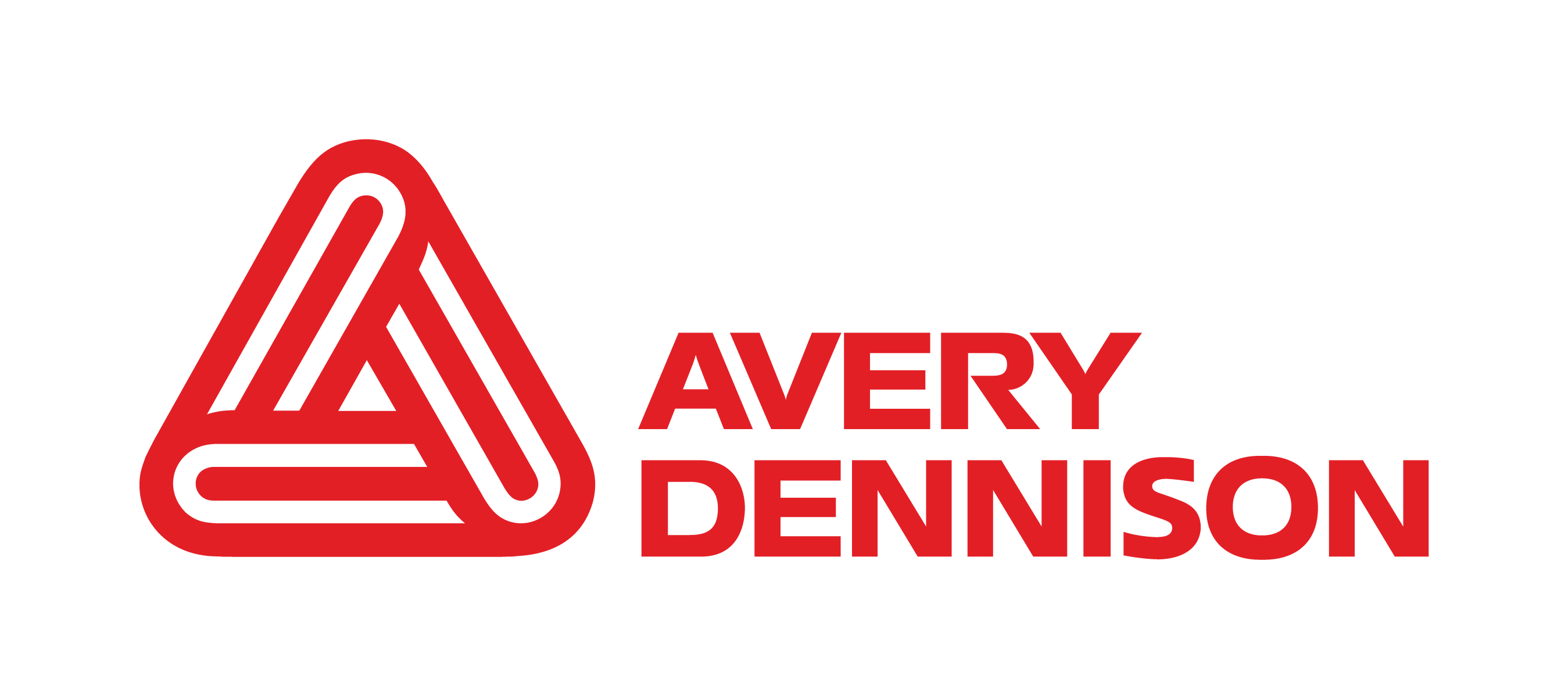The hidden pressure behind getting pharmaceutical labels right
People might assume a label is a last-minute detail. But in pharma, it’s one of the most heavily scrutinized parts of the package. Every component of a label is subject to qualification, documentation and risk assessment. And those steps can take months, sometimes even years.
There's a good reason for that. Labels contain essential information. They can carry instructions, dosing details, expiry dates and identification codes. If they fail — peel, fade or smear — the consequences aren’t just regulatory — they can impact patient safety directly.
That’s why the qualification cycles in pharma are so thorough. Every material has to be evaluated for performance, safety and compliance. On top of that, we’re often navigating multiple regulations depending on the geography and the product type. For our customers, this means they’re often looking for partners who not only supply a label material, but who also understand the full context. And that’s where I come in.
Matching label materials to packaging formats
The type of packaging plays a major role in material selection. Vials, syringes, auto-injectors, pouches and blisters might all carry similar information, but the way they interact with labels is very different.
Take syringes, for example. You’re dealing with a curved surface, often a small diameter, and in around 95% of cases, in cold storage. That means you need an adhesive that performs well on glass — which is still the dominant material — but also increasingly on COP and COC plastics, which are gaining traction in biologics. These plastics often require additional biocompatibility studies, including extraction and migration testing, to ensure the label performs safely and compliantly.
For auto-injectors, beyond adhesion, you also have to consider friction, movement and potential contact with sensors or mechanical parts. Designed for self-administration, these devices are often used by patients at home in non-sterile environments — which means the printed label must hold up under real-world handling. That’s why they’re subject to more stringent print qualification processes, including customer-specific requirements to ensure durability and prevent any damage to the printed surface. More and more, these devices include connected features like temperature monitoring or digital engagement, which also influences label construction. With pouches or flexible containers, you might need a film label that conforms but still stays readable.
In each of these cases, it’s not about finding a “pharma-approved” material and declaring it done. It’s about understanding how that material behaves in combination with the packaging, printing method, drug formulation, storage conditions and application process.
It’s a lot! But that’s why our work starts with questions. What’s the container? How is it stored? How long does it need to last? What kind of drug is it carrying? What does the regulatory path look like? Is overlabeling required? From there, we can recommend constructions that are not only compliant, but optimized for real use.




